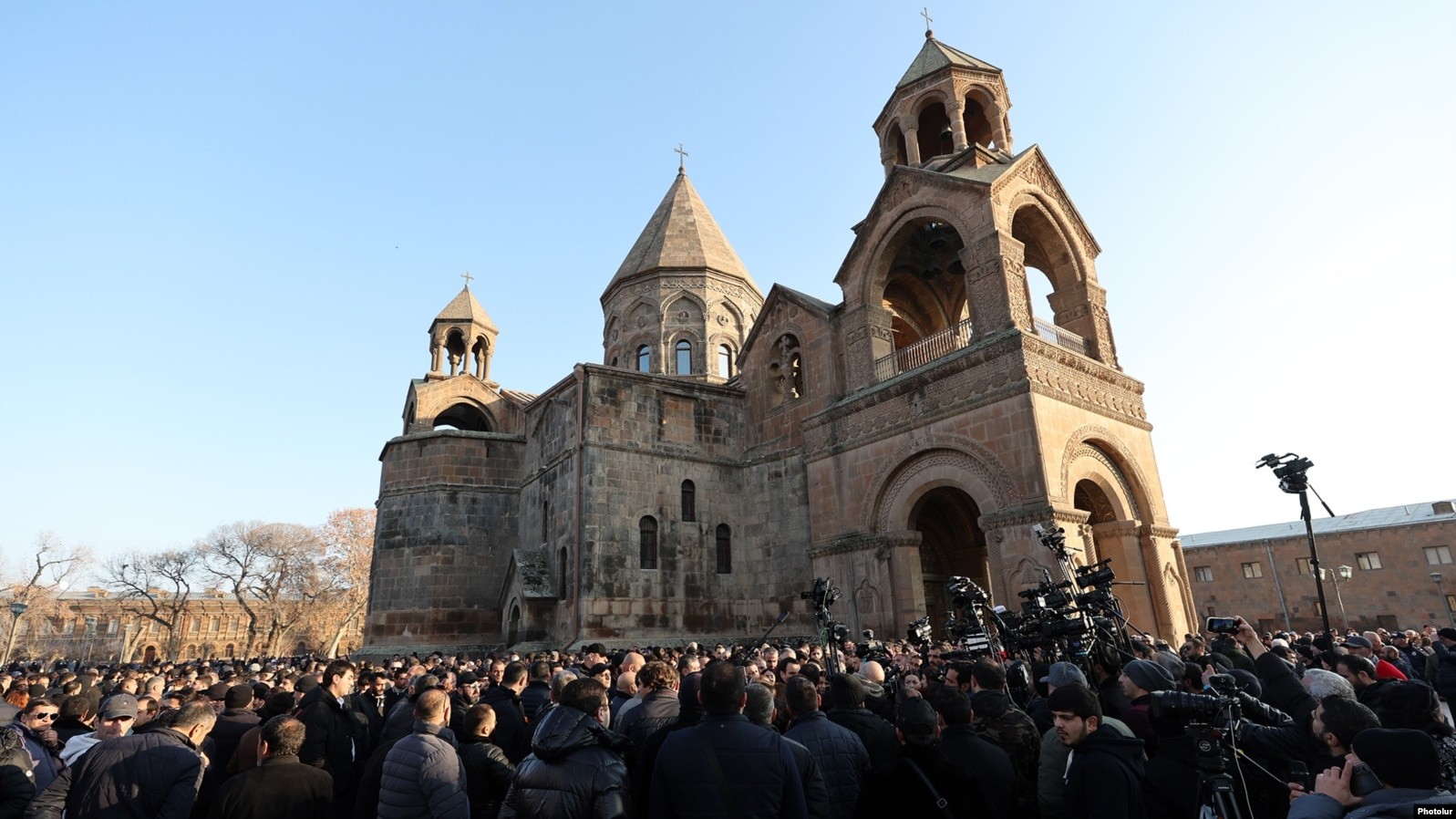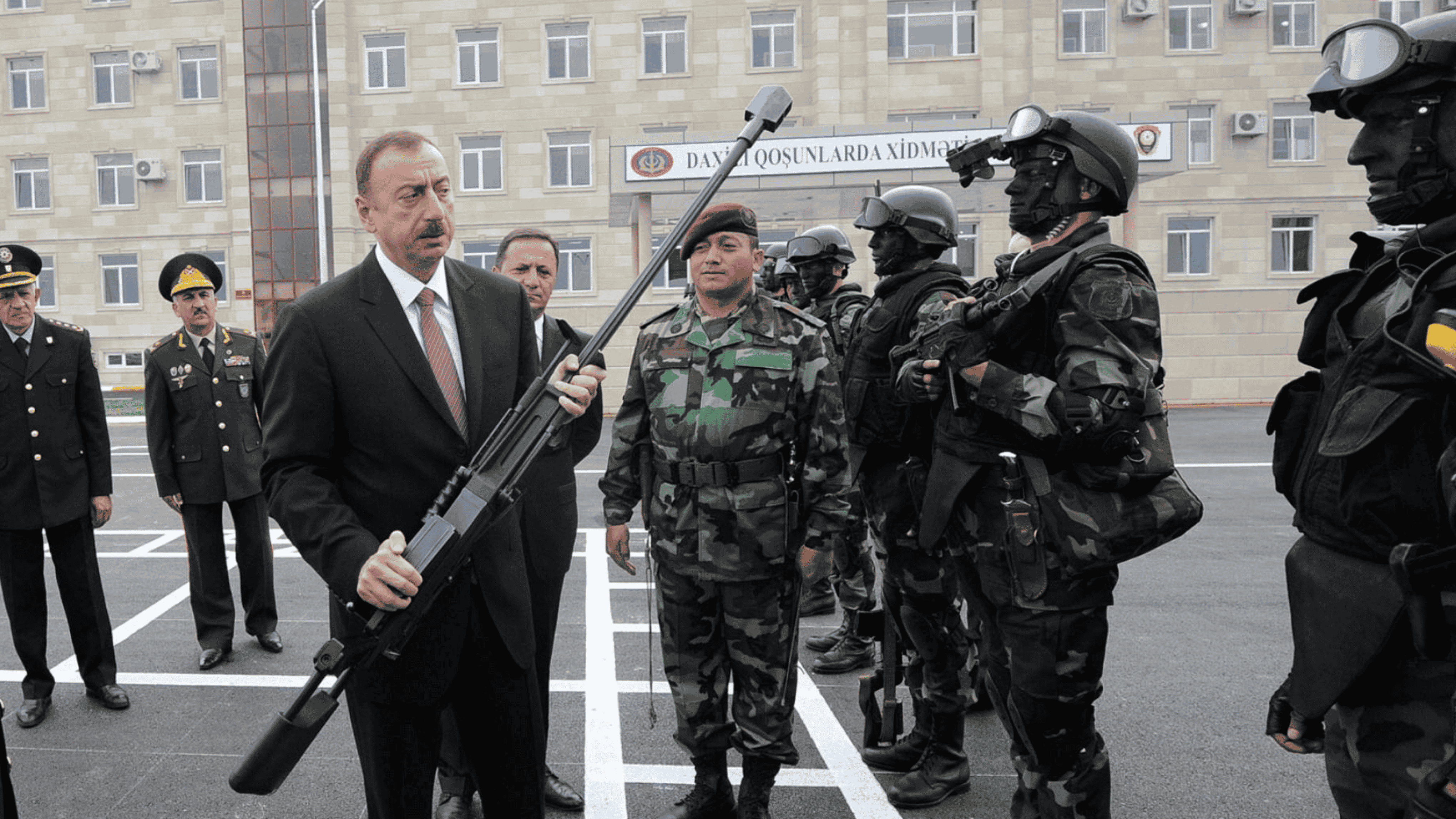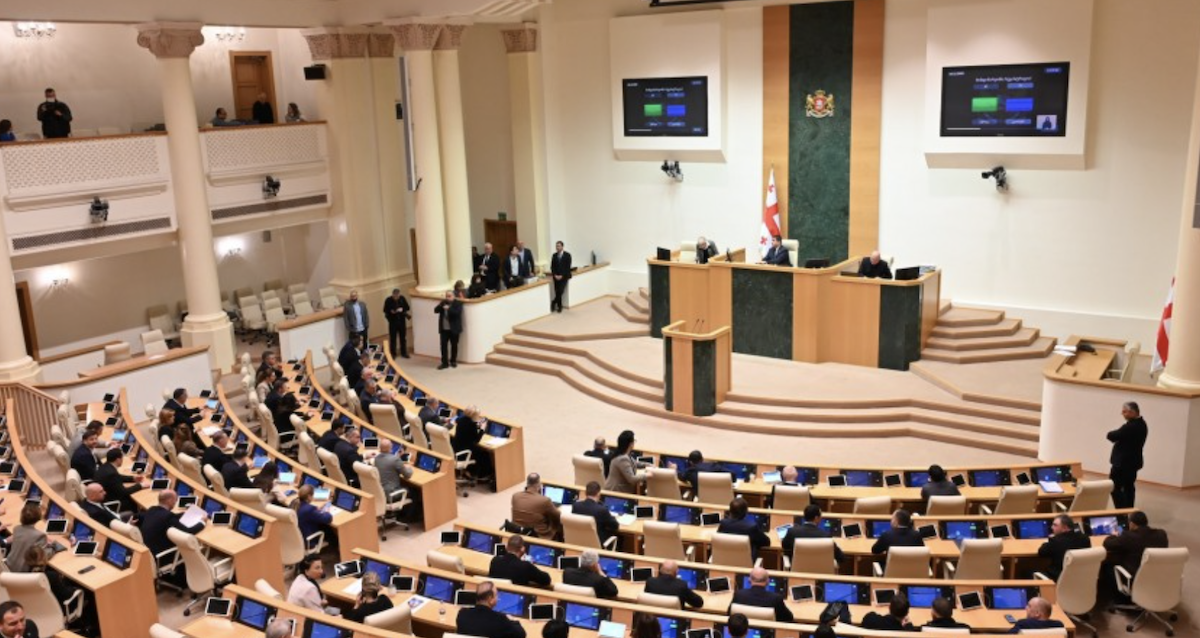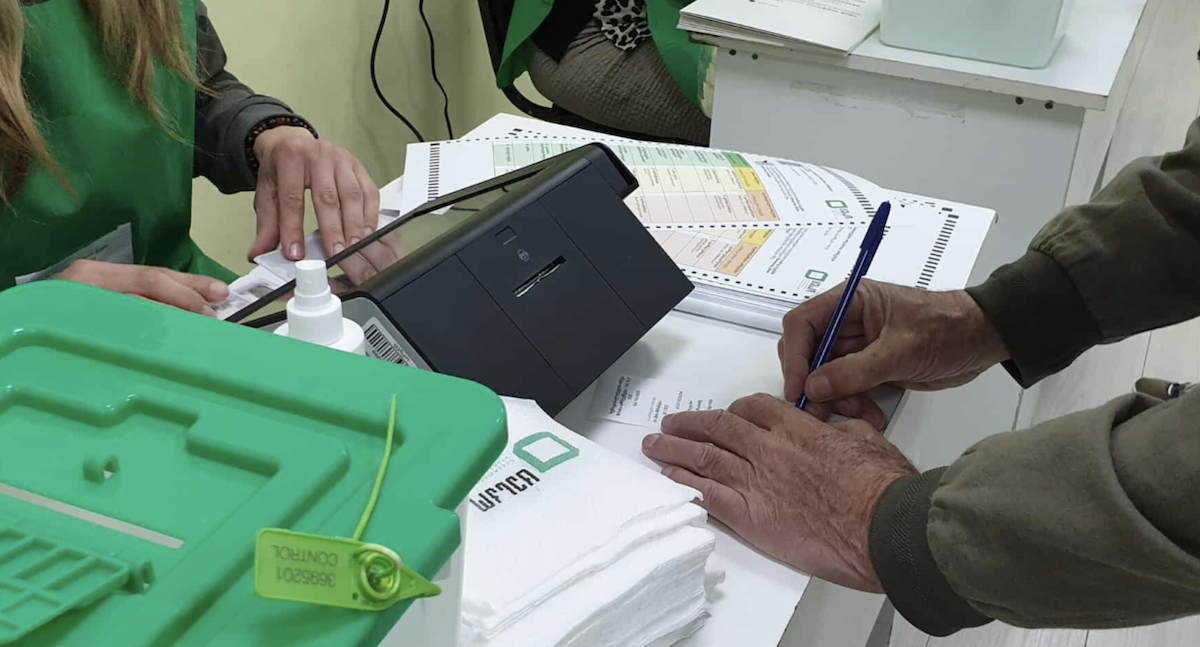Share














Most read

Top stories in Azerbaijan, Armenia, and Georgia from 8-12 December, 2025
Opinion: 'Russia has far more leverage over Armenia than over Moldova'
'Conditions will be market-based': Armenian deputy prime minister on oil product imports from Azerbaijan
Latest news in Georgia, Armenia, Azerbaijan, summary. Live
Armenian justice minister says ‘facts’ about Catholicos may be declassified

Georgia emerges as key route for car supplies to Russia amid sanctions
Pashinyan absent from Etchmiadzin protest calling for removal of Catholicos Karekin II
Abkhaz students in Russia face pressure to register for military service
Western scholars urge Georgia’s government to rethink education reform
What it could mean to place Azerbaijan’s internal troops under the president’s direct control











